The Benefits of a Knowledge Graph-based Metadata Hub
Ontotext
DECEMBER 15, 2022
But whatever their business goals, in order to turn their invisible data into a valuable asset, they need to understand what they have and to be able to efficiently find what they need. Enter metadata. It enables us to make sense of our data because it tells us what it is and how best to use it.

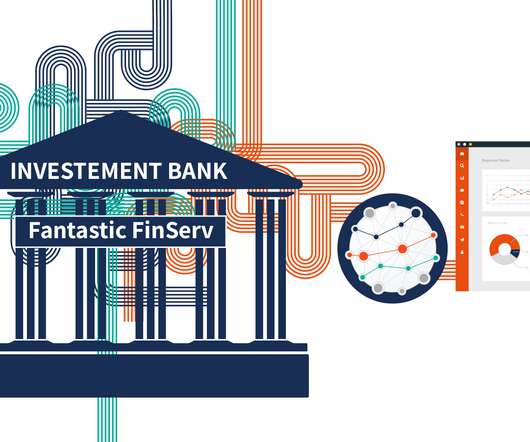
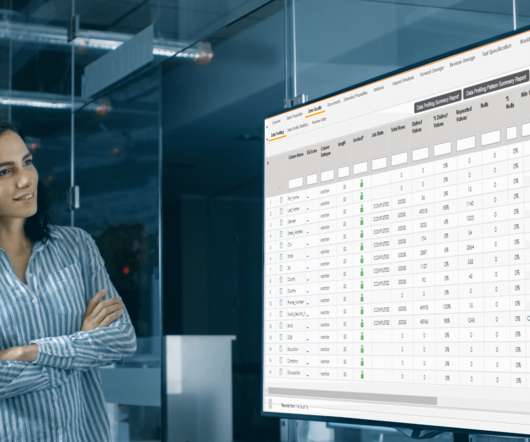



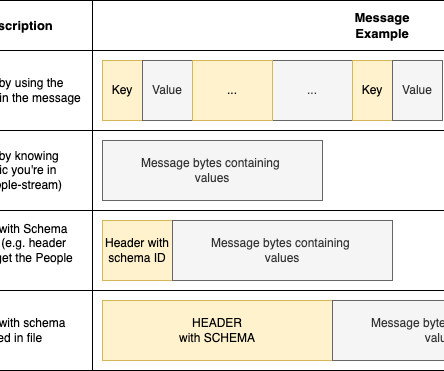
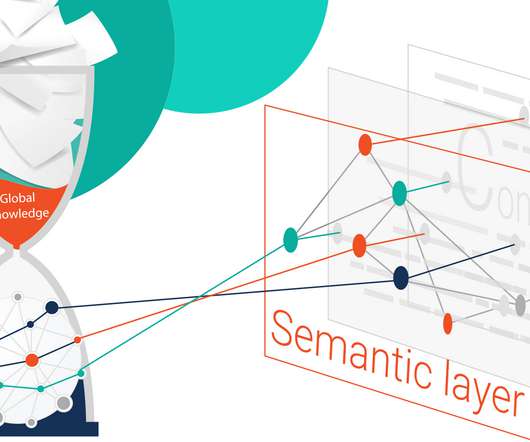



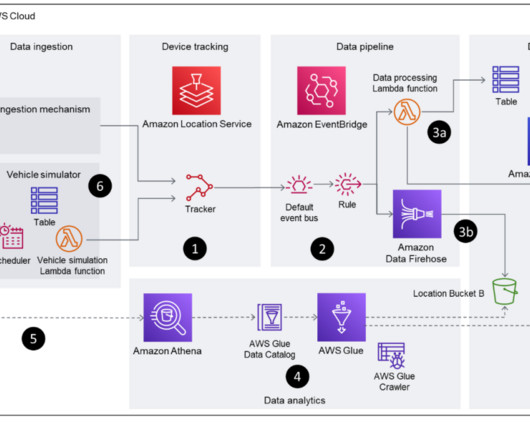













Let's personalize your content